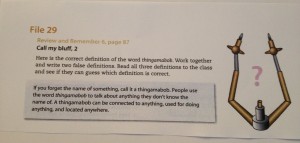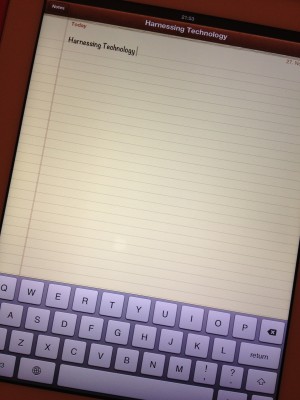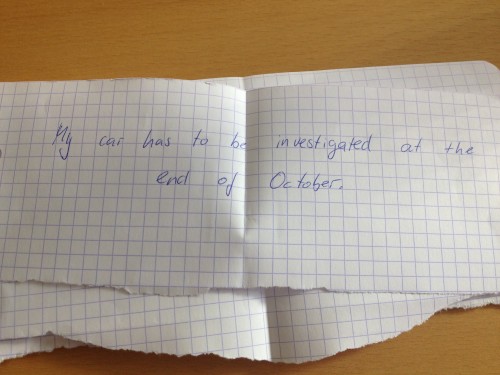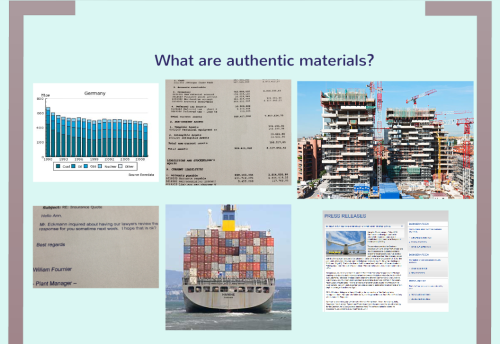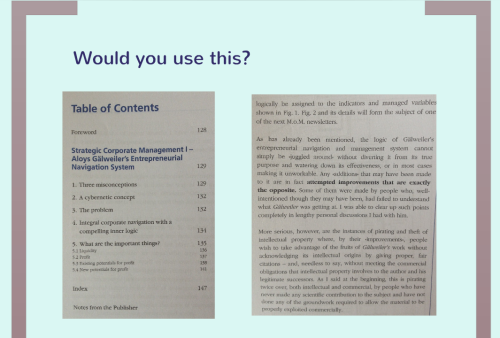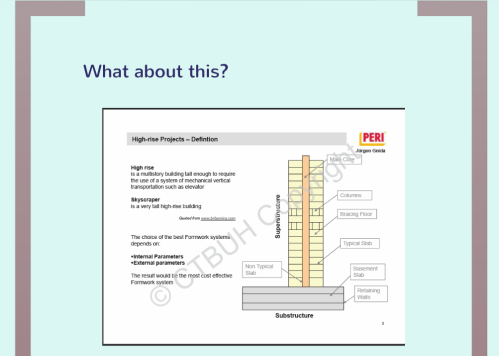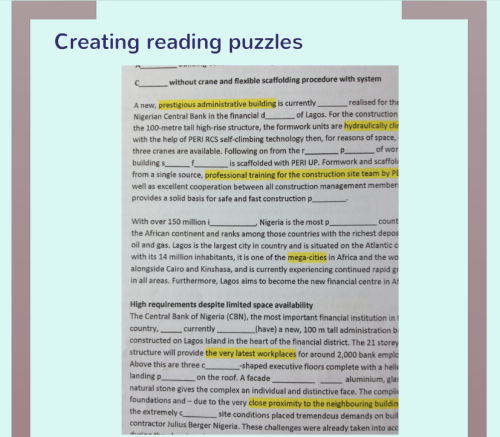Business English teachers are a bit of an unusual species in the ELT jungle you might say. They don´t spend their time with four year olds singing songs about what they like to eat nor do they usually have to prepare teenagers for rigorous Cambridge exams, instead they teach adults, often in the companies where they work, and these adults are often stressed out, short on time and frequently on the move. This is often also true of your typical business teacher as well. We are under pressure to look as professional as the CEOs we might teach, deliver just in time and just right training, while making the lessons sufficiently “fun” that the students will actually want to continue having lessons with us. How should we then react to those who tell us that what we need is some reflective practice?
What should we understand by reflective practice? What can it mean to us? Is it a stealthy foe or a welcome ally? For me the most helpful definition is Clarke´s interpretation of reflection as a “process of internal dialogue.” It has to start from within us, but can manifest itself through external, physical artefacts such as a teaching journal, lesson report or action research project. Without thinking about what choices you have made within your teaching practice and why and considering what the outcomes of those choices are, there can be no teaching journal entry or lesson report. Or, if there is, it won´t actually help you to develop as a teacher. We may be busy and under pressure, but this internal dialogue is something that we always have with us, which we can always tap into and which can have a positive effect on our teaching practice. Here are three simple ways in which we business English teachers can also benefit from reflective practice:
- When you´re setting an activity or giving students instructions, explain to them why you´re asking them to do what you´re asking them to do or, where appropriate, why you´re asking them to do it in the way you´re asking them to do it. This will make you think about the reasons for your choices and the methods you use and if you feel that the arguments for these choices are flawed, meaningless or perhaps even non-existent, you will know that you need to make changes to the types of activities you do and how you execute them. Conversely, if you can find excellent, convincing explanations for your actions in the classroom, this should be a sign of encouragement and a spur to develop further in this direction — can you do it even better?
- Compare the way you handled a specific situation in the classroom with the way you handled it on a previous occasion of occasions and compare. If you didn´t handle it as well as you did on previous occasions or better, reflect on the reasons for that. Were you just having a bad day or did you just not set up the activity as well as you could have done?
- Get input on your performance from your learners by stopping the lesson at certain points and asking the learners to evaluate your teaching from the start of the lesson up until that point or from when you last stopped the lesson up until that point. You can then give the students criteria that they should use to evaluate your performance, e.g. how clear your instructions are, how teacher-centred or student-centred the lesson is.
The important thing to remember is that doing something, however small, is more helpful than doing nothing. No matter how busy you are, you can always tune into your inner dialogue and you´re likely to see the benefits of doing that right away.
Bibliography
Clarke 2003 in Killeavy and Moloney 2010:1071


